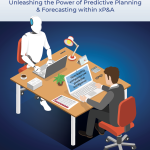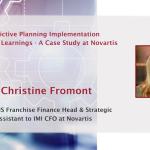On June 11th, 2024, 32 FP&A leaders from such companies as Veolia Water Technologies, Estee Lauder, Campari, Interparfums, Paramount, AB InBev, Omnicom Group, and many others gathered in Michael Page’s office in New York to explore the important topic of mastering Predictive Planning and Forecasting (PPF). This evening marked a significant milestone as the International FP&A Board celebrated its 250th global meeting since its inception.
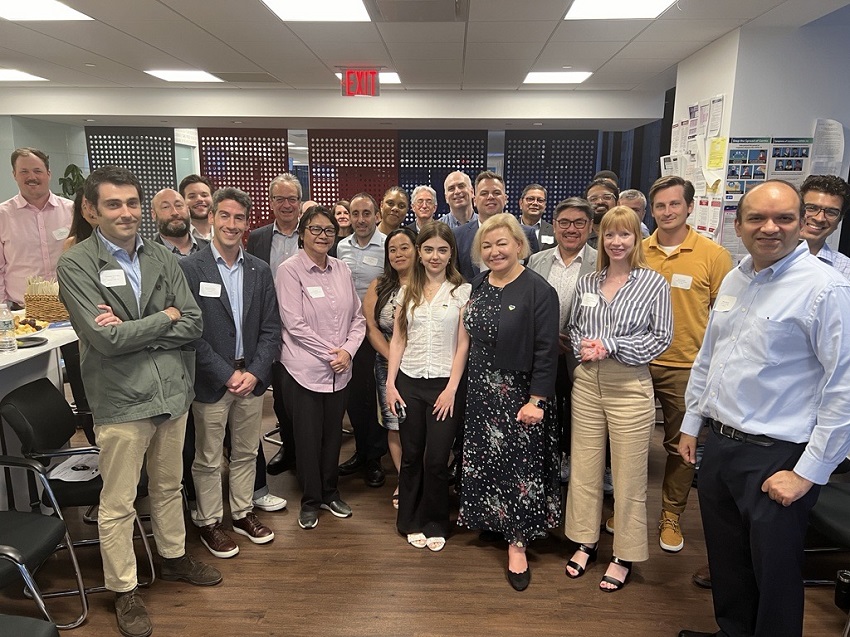
Figure 1: New York FP&A Board №12 Participants, June 2024
This meeting was proudly sponsored by Board and Michael Page.
The Essence of Predictive Planning and Forecasting
Predictive Planning and Forecasting represent a transformative approach to organizational decision-making. It moves beyond traditional reliance on historical data by leveraging statistical models and advanced analytics.

Figure 2
During the introductory discussions, attendees shared their perspectives on Predictive Planning. Not surprisingly, the results mirrored those from other chapters around the world. Attendees emphasized the importance of agility, efficiency, data quality, quick decision-making, greater visibility, connectivity, and value creation, just to name a few.
Embracing Technological Advancements
A key highlight of the event was the role of technology, particularly Machine Learning (ML) and Artificial Intelligence (AI), in enhancing predictive capabilities. Participants acknowledged these tools’ potential to uncover deeper insights into customer behavior and market trends. Simultaneously, they deliberated on the challenges posed by algorithmic outputs and stressed the necessity of human oversight in interpreting the results accurately.
Leaders emphasized the importance of focusing on data quality, understanding customer behavior, and identifying business drivers across diverse organizational domains. Predictive Analytics was identified as a powerful tool for gaining insights into customer behaviors across various industries and analyzing competitors’ behavior on a deeper level. It was a capability previously challenging to achieve.
Integration of Human and Artificial Intelligence
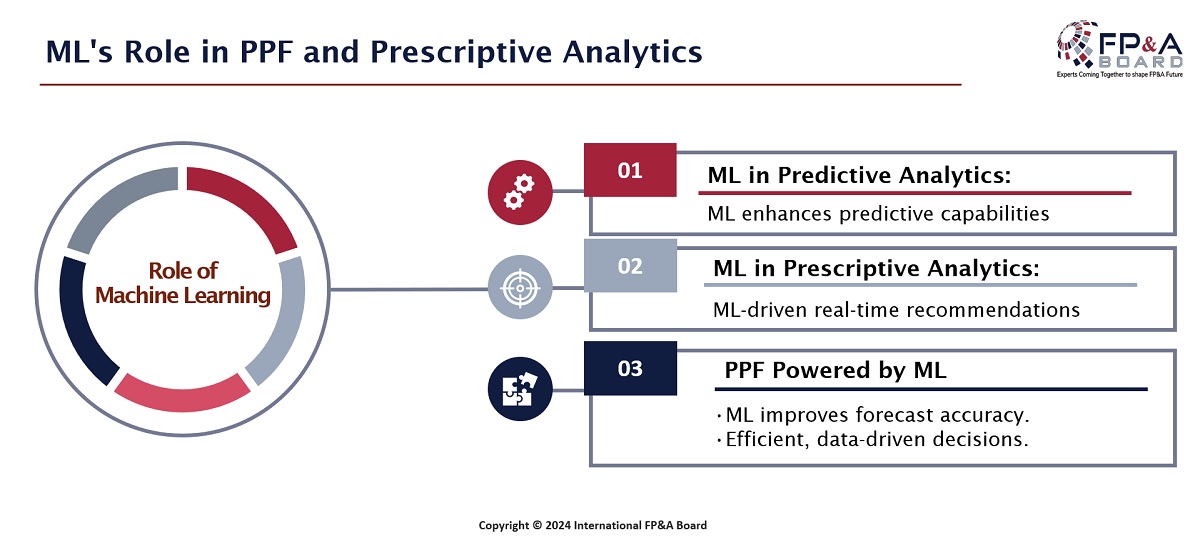
Figure 3
Many leaders expressed a desire to amalgamate operational insights with the transformative potential of AI/ML. They emphasized the importance of comparing and merging traditional business views with advanced technological capabilities, ensuring a comprehensive understanding of data-driven decision-making processes. Merging the magic that AI/ML can provide with the operational view offers great value for a company. The new tech allows you to explore drivers you never knew existed or mattered for your decision-making, and it makes this valuable. As AI/ML is going to be super predictive, we should never remove human intelligence from the picture. Effective decision-making involves a synergy between technological advancements and human expertise, aligning with organizational goals and values.
The 2023 FP&A Trends Survey was also quoted. It revealed that today, only 1/3 of our time is spent on value-adding activities. Many respondents shared that they spend more than fifty per cent of their time trying to handle data. The prudent approach is to utilize Pareto’s principle, where 20% of drivers can explain 80% of the results and explore how it can be applied to your business. Understanding the drivers is always a collaborative process as we get drivers through Business Partnering, collaboration across the organization, and modern technology.
Challenges and Opportunities
Participants engaged in lively discussions on industry-specific challenges and opportunities. Insights into organizational cultures highlighted varying degrees of agility in adopting Predictive Planning frameworks influenced by company culture and industry norms. Some companies are very traditional, and it is harder for them to achieve true agility in this environment. For instance, when a company has 120 general ledgers, it is impossible to be predictive. Sometimes, the culture is just not accepting new and potentially better things. Yet some specialists with data science skills and analytical backgrounds have the true capability to gradually change things even in the most traditional environments.
Conversation then flowed into AI, comparing it to a growing child who needs to learn to crawl before they can walk. We need to wait patiently while this child is learning.
While some say we should go away from budgets and ML will help with that, others believe that AI/ML still needs human judgment. Participants also discussed the benefits and cons of budgeting and touched upon Zero-Based Budgeting.
Accurate data is the first step towards implementing Predictive Planning and Forecasting, and it is important to be realistic about data as it will never be 100% accurate. It is better to start somewhere rather than wait for perfection.
The Business Case
Subhash Kuricheti, a finance director at Dr Reddy's Laboratories, presented the case, “Business Efficiency Analyzer and Savings Predictor” (BEASP).
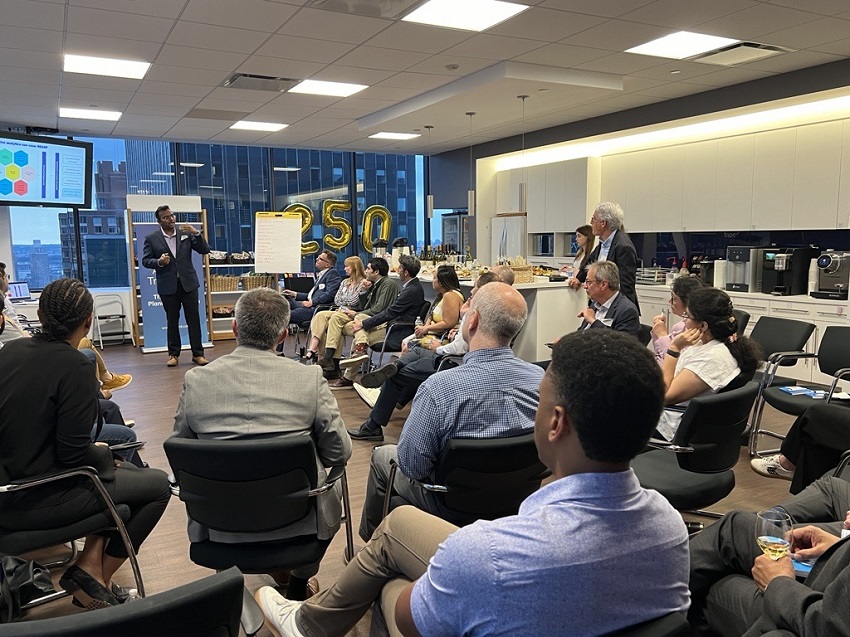
Figure 4: Subhash Kuricheti at New York FP&A Board №12, June 2024
Participants heard that budgets are always the effect of efficient planning. Budgets are not just needed for accountability, as they represent the “true north.” Attendees learnt how the data lake was created at Dr Reddy’s Laboratories and how FP&A professionals were training their model while trying to correct it. Eventually, the model matured over time.
Steps Towards Integrated FP&A and Predictive Planning
In smaller breakout sessions, participants explored practical steps to streamline the implementation of Predictive Planning. These three groups were:
1) Predictive Planning from a “data and models” point of view:
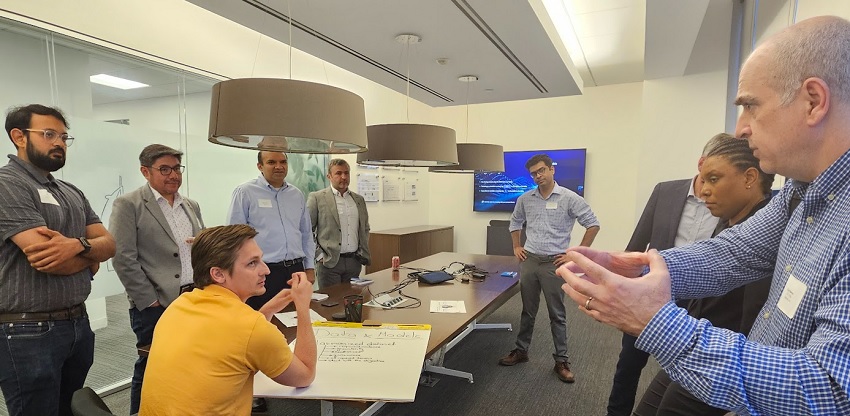
Figure 5: Group work, New York FP&A Board №12, June 2024
This group shared that they had many discussions about the pros and cons of using all available data. Do you really need all the data for your forecasting and analysis? At what point should you stop?
The participants also agreed that for efficiency, models must instill high confidence while remaining meaningful. They emphasized the importance of scalability, advocating for designs that incorporate scalability from the outset. These models should continually enhance the results and anticipate unforeseen “black swan” events. Furthermore, they stressed the crucial need to master data management and ensure clarity in the message conveyed. They concluded that getting this foundational aspect right is pivotal for achieving comprehensive success in Predictive Planning and Forecasting.
2) Predictive Planning from the point of FP&A skills:
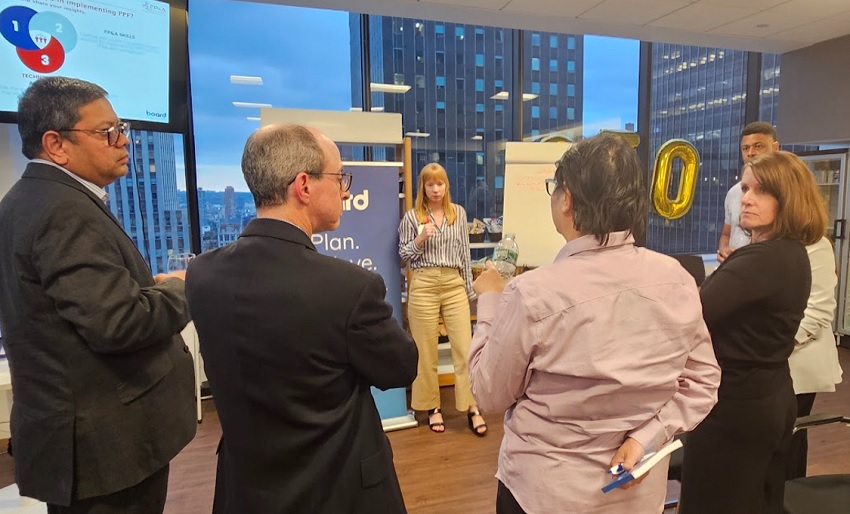
Figure 6: Group work, New York FP&A Board №12, June 2024
Participants discussed soft skills like storytelling and technical ones like model building. They also touched on other skills, assessment, planning, and business acumen. They unanimously agreed that knowing the business is essential. One executive shared that he always encouraged all new hires to schedule coffee meetings with key people in various areas of the company to gain a more comprehensive understanding of the business. Everything begins with learning more about the business and its drivers.
3) Predictive Planning through technology and analytics:

Figure 7: Group work, New York FP&A Board №12, June 2024
Participants discussed the importance of asking the right questions: What issue are you trying to solve? This drives your evaluation of the platform you seek and how it aligns with presenting the internal business case and gaining executive sponsorship. Additionally, you need to have the right resources and align the solution and implementation team with a clear structure that includes rigorous testing. Dedicated resources will be necessary during the implementation phase. The process should be dynamic and flexible, allowing for changes on the fly.
Most companies will eventually move from traditional Excel to technology, offering greater flexibility and enhancing understanding of the connections between different data points. Finance professionals at companies with outdated technology often work 60-70 hours per week. This often leads to high turnover and does not bode well for long-term success.
Conclusion and Recommendation
Predictive Planning and Forecasting is one of the methods to be agile. It forms the bedrock of effective decision-making processes, ensuring that Predictive Analytics aligns seamlessly with the organizational goals and values. But there is still a long way to go, and technology will help us.
As participants departed, they carried forward a renewed commitment to implementing Predictive Planning frameworks that transcend traditional boundaries.


